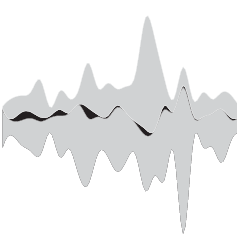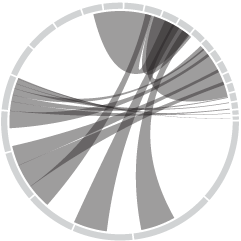Alinea is a restaurant by Grant Achatz known for deconstructing flavors and piecing them together again for bites of deliciousness. They have a cookbook that describes how they make their food, but the recipes are so complex that no casual cook would ever try them. I actually have a copy myself, and it’s never gone past the coffee table.
Read More
-
-
Mapping With Shapefiles in R – Getting Started
Geographic data is often available as a shapefile, and there’s plenty of heavy software to get that data in a map. R is an open source option, and as a bonus, much of the work can be done in a few lines of code.
-
Personal data from Facebook, Twitter, and email are already used, so sure why not. Fitbit-generated movement data is now used in the courtroom.
The young woman in question was injured in an accident four years ago. Back then, Fitbits weren’t even on the market, but given that she was a personal trainer, her lawyers at McLeod Law believe they can say with confidence that she led an active lifestyle. A week from now, they will start processing data from her Fitbit to show that her activity levels are now under a baseline for someone of her age and profession.
It will “back up what she’s been saying,” says her lawyer, Simon Muller of McLeod Law.
Sounds okay. This quote stuck out for me though:
Now we’re looking at longer periods of time though the course of a day, and we have hard data.
Hard data. I’d have to see it, but I’m pretty sure there’s some fuzziness and uncertainty there. I wonder if the defense has a go at an analysis that shows the opposite of the plaintiff’s claims.
-
Global Fishing Watch is an initiative to place some accountability on global fishing, an activity typically a challenge to track.
Read More -
I still don’t understand the relative size of planets. The universe is too big and my sense of scale is too small to fathom such large numbers. I wish someone would explain it to me like I was five years old. What? Avi Solomon used fruit illustrations to roughly show a relatable scale? Nice. [via Boing Boing]
-
David Yanofsky and Tim Fernholz for Quartz visualized the satellites orbiting Earth. There’s a lot of them.
There are more than 1,200 active satellites orbiting earth right now, taking pictures, relaying communications, broadcasting locations, spying on you, and even housing humans. Thanks to a database compiled by the Union of Concerned Scientists, we can show you each one, as of August 21, 2014.
As you scroll down, you see satellites that are farther from the Earth’s surface. The horizontal position seems to just be a uniform placement for satellites at the same level.
By the way, I realize 1,200 satellites seems like a lot, but just for context: At the time I’m writing this (in the mid-afternoon on a weekday), there are about 7,800 commercial flights in the air.
-
This talk that Lauren McCarthy gave at Eyeo is good. McCarthy, an artist and programmer, describes her work with the uncomfortable pauses during dates, technology as a way to change behaviors, and surprising explorations of how people interact with each other.
Read More -
Since my son was born, it’s been a challenge to focus on a single book for any prolonged amount of time. He’s in perpetual motion, as my mom often likes to say. Data Fluency is the only book I’ve read cover-to-cover in the past year (and you should too). So casual visualization reads — books that you can randomly thumb through at bite-sized rates — have piqued my interest more than usual.
Here are five recent books worth a gander.
Read More -
Sometimes you need data, any data, to test or mess around with. Sometimes you just want to make weird crap. Corpora is a collection of small datasets that might suit your needs.
This project is a collection of static corpora (plural of “corpus”) that are potentially useful in the creation of weird internet stuff. I’ve found that, as a creator, sometimes I am making something that needs access to a lot of adjectives, but not necessarily every adjective in the English language. So for the last year I’ve been copy/pasting an adjs.json file from project to project. This is kind of awful, so I’m hoping that this project will at least help me keep everything in one place.
Some of the sets: animals, colors, corporations, and foods.
-
A one-off tumblr that catalogs stock images that depict the tumultuous, rising sea of big data. Nice.
Still though, nothing beats Big Star Trek Data.
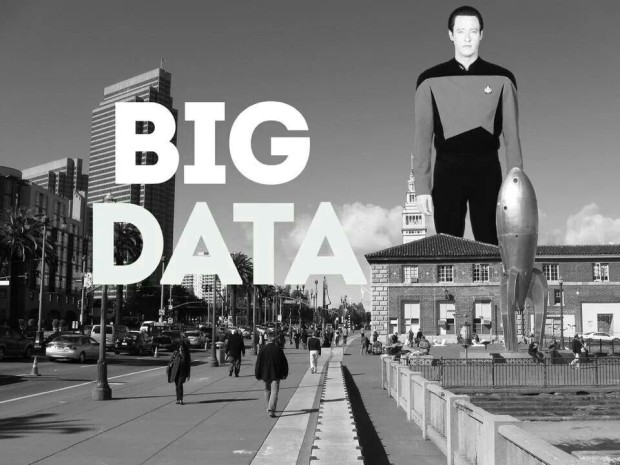
-
Wi-fi is embedded in our everyday lives so much that we don’t pay much attention unless it’s not around. We’ve seen it translated visually a couple of times. But this time, Phantom Terrains, by Frank Swain and Daniel Jones and visualization by Stefanie Posavec, translates networks into sound.
Phantom Terrains is an experimental platform which aims to answer this question by translating the characteristics of wireless networks into sound. By streaming this signal to a pair of hearing aids, the listener is able to hear the changing landscapes of data that surround them. Network identifiers, data rates and encryption modes are translated into sonic parameters, with familiar networks becoming recognizable by their auditory representations.
Above is a test walk around the BBC Broadcasting House. Listen to signals translated to what kind of sounds like alien communications.
-
Some places attract young singles, whereas others attract married couples and families. I was curious how this varied across the country, so I mapped it.
-
People die, and for various reasons many bodies go unclaimed. In Los Angeles county, the bodies go to the county crematory. The Los Angeles Times reports, along with a searchable database of the unclaimed in 2011.
If relatives can be found, they are notified by the morgue or the coroner that their loved one’s body is available for pickup by a mortuary. If a family can’t afford the mortuary fees, the county handles cremation.
The cost is typically $352 for a case handled by the coroner and $466 for others. Although that must be paid before the ashes can be taken, in some cases a family can ask a county supervisor to waive the fee.
Some families simply don’t want to pick up relatives, said Joyce Kato, an investigator at the Los Angeles County coroner’s office.
The county keeps remains for three years, so the ashes will receive a mass burial if they are not claimed by the end of this year.
Oof, the remains of 137 unclaimed babies in the database and the drawer of paper bags with their remains struck a chord.
-
Celebrating the 25th anniversary of the fall of the Berlin Wall, Lightgrenze, translated to light border, places lighted balloons where the wall used to be.
Read More -
Here’s some weekend project data for you. Reddit user trexmatt dumped a dataset for 216,930 Jeopardy! questions and answers in JSON and CSV formats, a scrape from the J! Archive. Each clue is represented by category, money value, the clue itself, the answer, round, show number, and air date.
I’m not sure what I’d do with the data, but the first thing that comes to mind is investigating the hunt for Daily Doubles. Where are those things usually placed, and how random is it? Oh wait, someone already did that.
Have fun poking.
-
Electronic Traces, by Lesia Trubat, tracks ballet movements and allows dancers to see the traces of their feet.
Read More -
Peyton Manning, quarterback for the Denver Broncos, passed up Brett Favre’s career record of 508 passing touchdowns. Manning, currently at 510 passing touchdowns, is now setting his own records that won’t be beat for a long while. Gregor Aisch and Kevin Quealy for the Upshot chart out Manning’s trajectory of quarterbacks past and present.
Those who have followed New York Times graphics might recognize a similar time series display from when baseball player Alex Rodriguez* joined the 600 home run club. Or from 2007, when Barry Bonds* chased the all-time home run record. It’s kind of fun to see the graphics grow bigger, brighter, and more open over the years. Flash disappears. Multi-line voronoi comes in.
At the base though, it’s the same chart, and it’s still good.
-
The New York Times pushed out super-detailed, precinct-level maps for the Senate election. The maps are also interactive, work well, and don’t take forever to load. As my dad would say — holy moly.
-
For every family get-together I go to, it seems there are more kids running around. I know that they are related to me somehow, but what do I call them? Maybe this chart will help next time.
-
Todd Lindeman and Lazaro Gamio for the Washington Post explored shooting patterns for last year’s Washington Wizards.
Read More

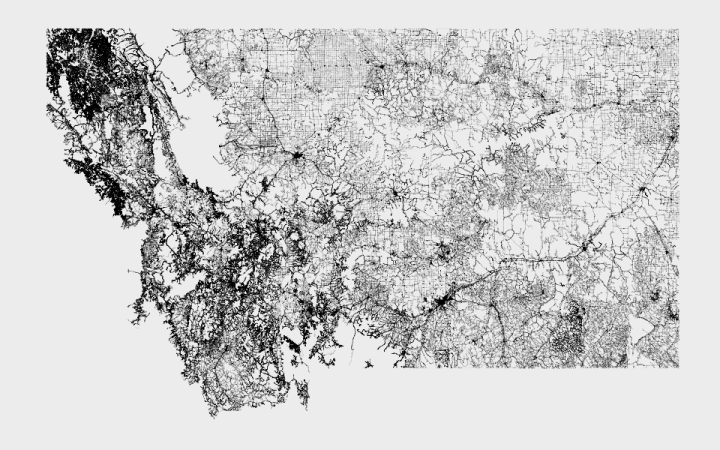
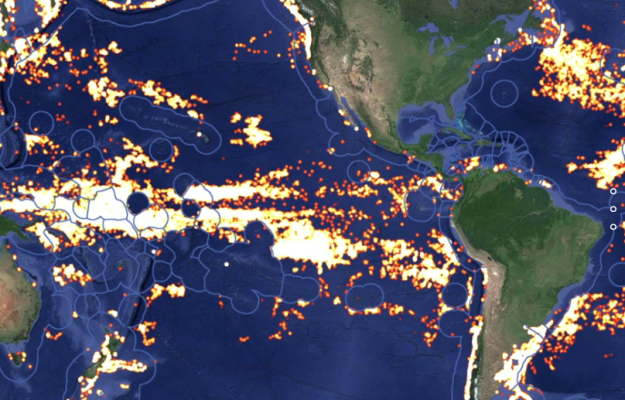
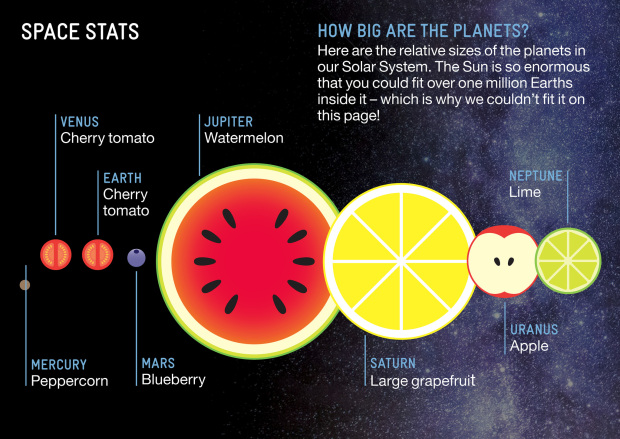
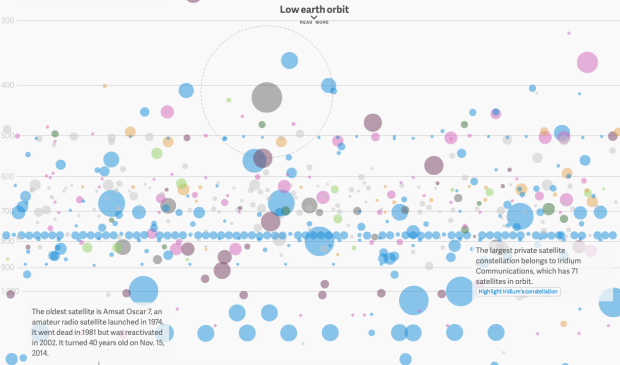


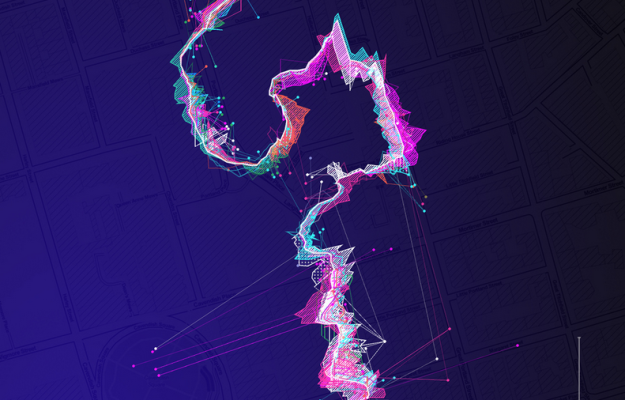





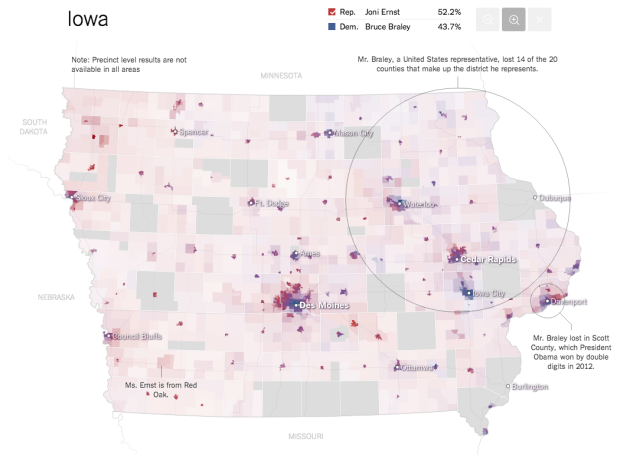
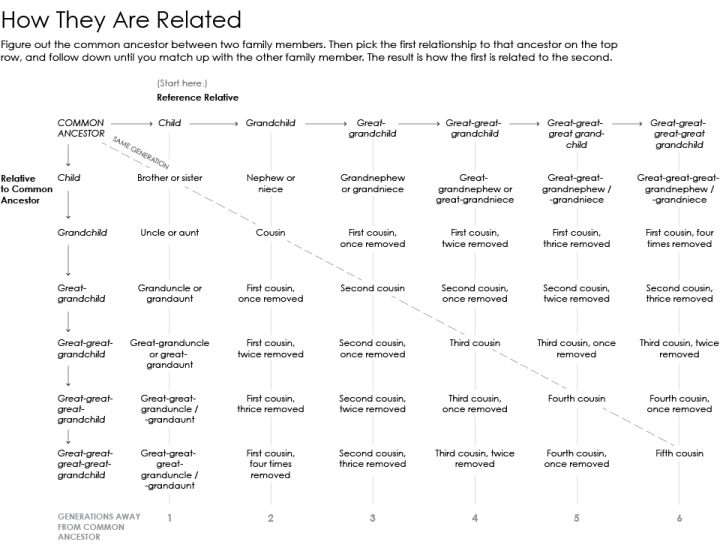
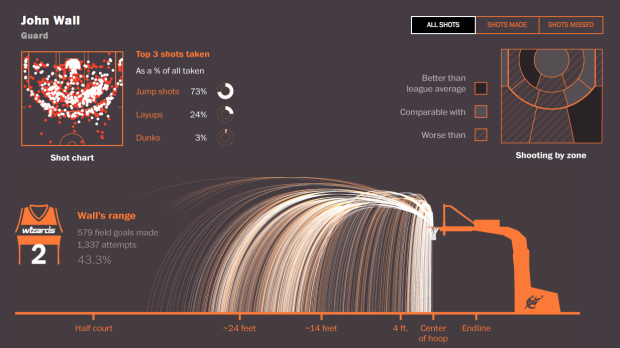
 Visualize This: The FlowingData Guide to Design, Visualization, and Statistics (2nd Edition)
Visualize This: The FlowingData Guide to Design, Visualization, and Statistics (2nd Edition)




